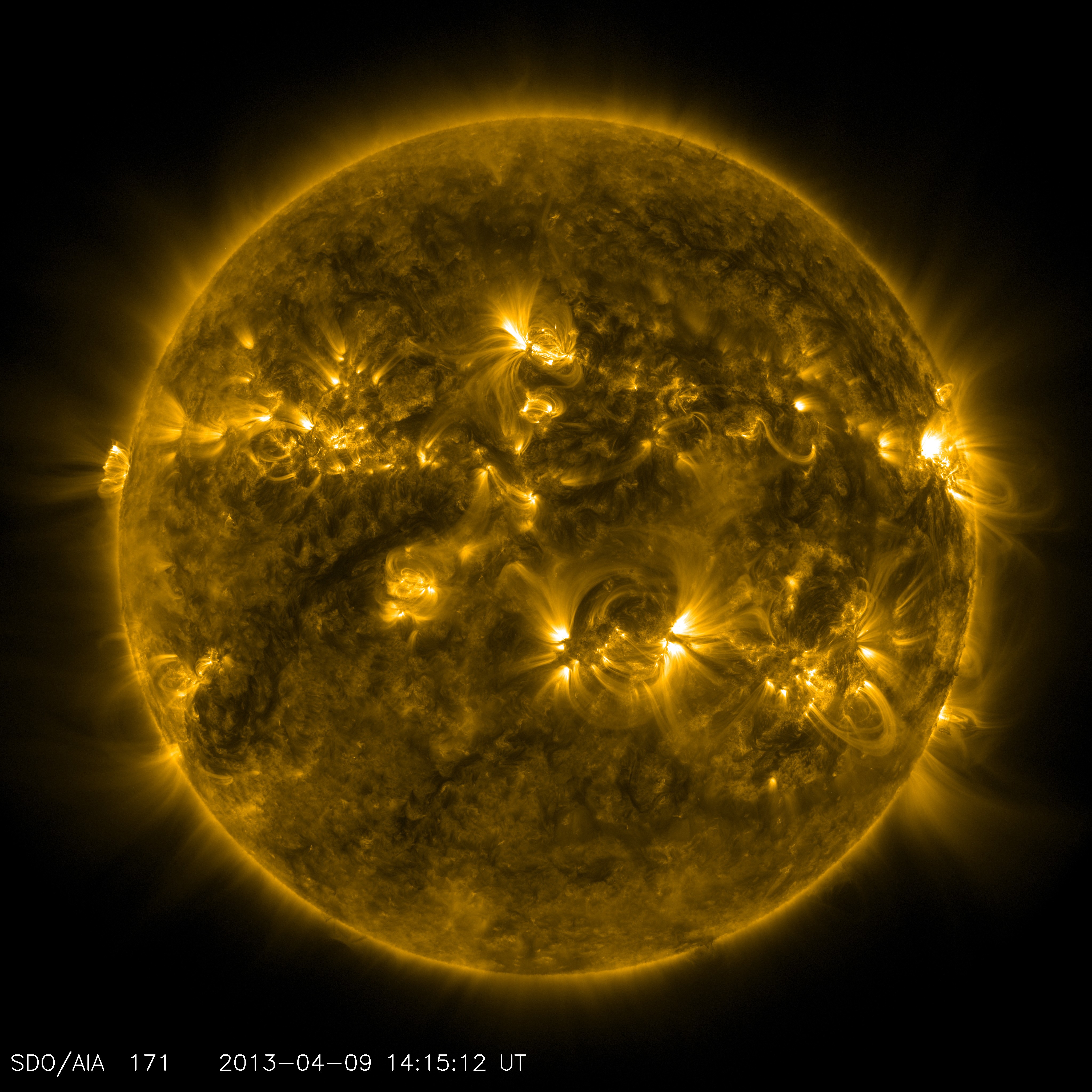Nuclear Fusion
- Introduction to Nuclear Fusion
- Physics of Nuclear Fusion
- Energy from Nuclear Fusion
- Fusion Reactors
- Confinement and Heating
- Fusion Reactor Design
- Radiation and Safety
- Fusion Reactor Materials
- Fusion and the Environment
- Challenges in Nuclear Fusion
- The Future of Nuclear Fusion
Fusion Plasmas
Understanding Magnetohydrodynamics in Fusion Plasmas

Study of the interaction of electrically conducting fluids with magnetic fields.
Magnetohydrodynamics (MHD) is a fundamental concept in the study of fusion plasmas. It combines the principles of electromagnetism and fluid dynamics to describe the behavior of electrically conducting fluids, such as plasma in a fusion reactor.
Introduction to Magnetohydrodynamics
MHD is a macroscopic theory that treats plasma as a fluid and incorporates the effects of magnetic fields. It is particularly relevant in fusion research because it helps us understand how plasma behaves under the influence of magnetic fields, which are crucial for confinement in fusion reactors.
MHD Equations and their Derivation
The MHD equations are derived from the fundamental laws of physics, including conservation of mass, momentum, and energy, along with Maxwell's equations of electromagnetism. These equations describe how the plasma density, velocity, pressure, and magnetic field evolve over time.
- Continuity Equation: This equation represents the conservation of mass in the plasma.
- Momentum Equation: Also known as the Navier-Stokes equation, it represents the conservation of momentum.
- Energy Equation: This equation represents the conservation of energy.
- Maxwell's Equations: These equations describe how electric and magnetic fields interact with charges and currents.
MHD Instabilities in Fusion Plasmas
One of the key challenges in fusion research is dealing with MHD instabilities. These are disruptions in the plasma caused by the interplay between plasma pressure, magnetic fields, and the plasma's own currents. These instabilities can lead to a loss of confinement, causing the plasma to touch the reactor walls and potentially causing damage.
There are several types of MHD instabilities, including the kink instability, the sausage instability, and the interchange instability. Understanding these instabilities and finding ways to mitigate them is a crucial part of fusion research.
Role of MHD in Plasma Confinement
MHD plays a crucial role in plasma confinement, which is the process of keeping the hot plasma away from the reactor walls. In magnetic confinement fusion reactors, strong magnetic fields are used to confine the plasma. The principles of MHD are used to design the magnetic field configurations that best confine the plasma and minimize instabilities.
MHD and Fusion Reactor Design
The principles of MHD are also essential in the design of fusion reactors. They help determine the optimal shape and size of the reactor, the configuration of the magnetic fields, and the methods used to heat and control the plasma. Understanding MHD is therefore crucial for the development of efficient and reliable fusion reactors.
In conclusion, magnetohydrodynamics is a fundamental aspect of fusion plasma research. It provides the theoretical framework for understanding plasma behavior, designing fusion reactors, and addressing the challenges of plasma confinement and stability.